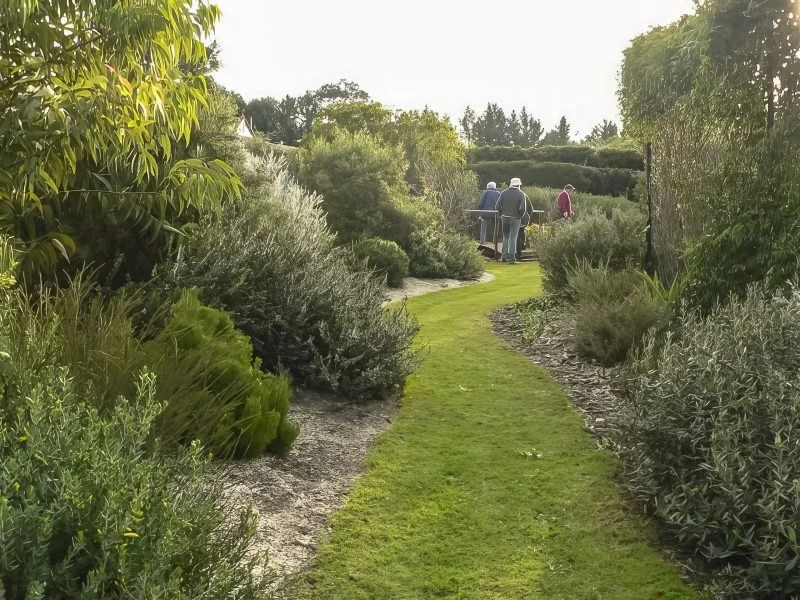
How to Grow a Native Plant Garden That Requires Little Care
Creating a garden filled with native plants is an excellent way to beautify your outdoor space while minimizing the amount of time and effort required for maintenance. Native plants are adapted to the local climate, soil, and wildlife, making them more resilient and easier to care for compared to non-native species. In this guide, we’ll walk you through how to create a native plant garden that requires minimal attention, allowing you to enjoy a vibrant garden without the hassle.
- 1. Benefits of a Native Plant Garden
- 2. Choosing the Right Native Plants
- 3. Preparing Your Garden Space
- 4. Simple Maintenance Tips for a Low-Care Garden
- 5. Common Challenges and How to Overcome Them
- 6. Conclusion: Enjoying a Sustainable Garden
1. Benefits of a Native Plant Garden
Native plants are the heart of any low-maintenance garden. They provide numerous benefits, including:
- Water Conservation: Native plants are adapted to the local climate and require less water than non-native species, which is particularly important in areas prone to drought.
- Wildlife Support: These plants provide food and shelter for local wildlife, including birds, bees, and butterflies, promoting biodiversity in your garden.
- Less Need for Pesticides: Native plants are more resistant to pests and diseases that typically affect non-native species, reducing the need for chemical interventions.
- Low Maintenance: Since they thrive in local conditions, native plants require less care in terms of fertilizing, watering, and pruning.
By growing native plants, you're contributing to a healthier ecosystem while enjoying a garden that is both beautiful and sustainable.
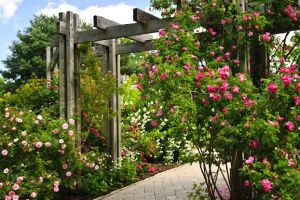
VibrantViews Landscaper
YorkvilleKendall CountyIllinois
201 E Veterans Pkwy suite b, Yorkville, IL 60560, USA
2. Choosing the Right Native Plants
When selecting native plants for your garden, it's important to choose species that are well-suited to your specific location. Consider the following factors:
- Climate and Hardiness Zones: Different plants thrive in different climates. Make sure to select plants that are suitable for your region’s USDA hardiness zone.
- Soil Type: Native plants are adapted to specific soil types, whether it’s sandy, clay, or loamy. Assess your soil before choosing plants to ensure they will thrive.
- Sunlight Exposure: Some native plants thrive in full sun, while others prefer partial or full shade. Assess the amount of sunlight your garden receives throughout the day.
- Size and Growth Habit: Consider the size of the plants at maturity and how they will fit into your garden’s layout. Opt for plants that won’t overcrowd or overshadow one another.
Some excellent choices for low-maintenance native plants include coneflowers, black-eyed Susans, native grasses, and wildflowers. Research your local region to find the best options for your garden.
3. Preparing Your Garden Space
Once you’ve selected the plants, it’s time to prepare your garden space. Here’s how to get started:
- Clear the Area: Remove any weeds, invasive species, or grass from the area where you plan to plant. You can use mulch or a landscape fabric to suppress weeds.
- Improve the Soil: While native plants generally require less soil preparation, it’s still important to ensure that the soil is loose, well-drained, and rich in organic matter.
- Plan the Layout: Consider grouping plants according to their water and sunlight needs, placing taller plants towards the back of the garden and shorter ones at the front.
Proper preparation ensures that your native plants will have the best chance to establish strong roots and thrive with minimal intervention.
4. Simple Maintenance Tips for a Low-Care Garden
While native plants are low maintenance, they still require some attention to ensure they flourish:
- Watering: Water your plants deeply during the first growing season to help them establish strong roots. After that, they will typically require little to no watering.
- Mulching: Mulch helps retain moisture, suppresses weeds, and improves soil health. Apply a 2-3 inch layer of organic mulch around your plants.
- Pruning: Deadheading and occasional pruning can help maintain the appearance of your garden and encourage healthy growth.
- Fertilizing: Native plants generally don’t need much fertilization. If needed, use organic, slow-release fertilizers sparingly.
These simple tasks will ensure your native plant garden remains vibrant and beautiful with minimal effort.
5. Common Challenges and How to Overcome Them
Even with native plants, you might face a few challenges. Here are some common issues and how to address them:
- Weeds: While native plants are good at crowding out weeds, you may still need to remove some by hand, especially in the first year.
- Pest Control: Native plants are generally resistant to pests, but occasional issues can arise. Use organic pest control methods like neem oil or insecticidal soap if necessary.
- Overcrowding: Some native plants grow quickly. Make sure to regularly thin out any plants that seem to be taking over the space.
By being proactive, you can ensure that your garden thrives and remains easy to maintain.
6. Conclusion: Enjoying a Sustainable Garden
Creating a native plant garden is one of the best ways to create a low-maintenance, eco-friendly outdoor space. By choosing the right plants, preparing your garden properly, and following simple maintenance steps, you’ll be able to enjoy a beautiful garden that requires little care and contributes to the local ecosystem. For more tips and recommendations on native plants, visit Beautiful Landscapes.
Happy gardening!


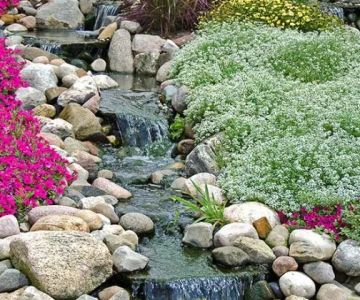
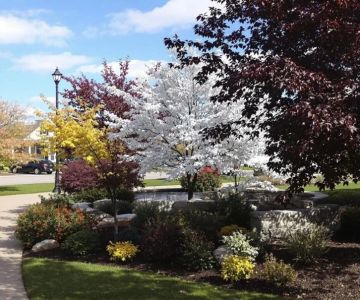
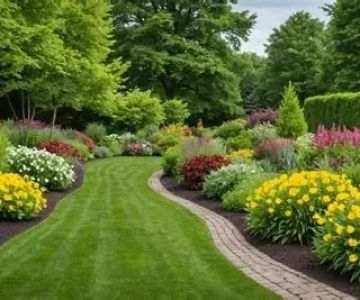

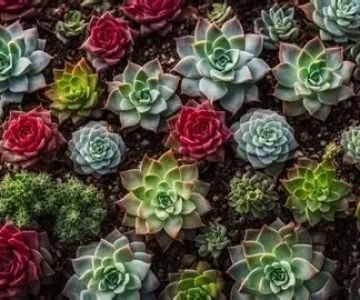
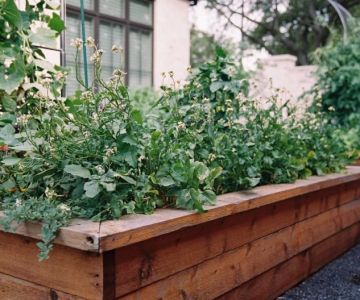
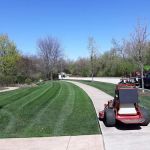 Lou's Lawn Care4.0 (64 reviews)
Lou's Lawn Care4.0 (64 reviews) J.F.V Landscaping Service Inc.5.0 (4 reviews)
J.F.V Landscaping Service Inc.5.0 (4 reviews)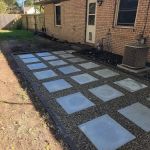 Ultimate Landscaping & Tree Services4.0 (46 reviews)
Ultimate Landscaping & Tree Services4.0 (46 reviews)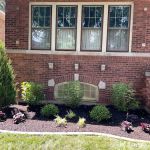 Harmony Circle Gardens5.0 (16 reviews)
Harmony Circle Gardens5.0 (16 reviews) Burkhart Outdoors5.0 (18 reviews)
Burkhart Outdoors5.0 (18 reviews) Infinity Landscaping Supply4.0 (30 reviews)
Infinity Landscaping Supply4.0 (30 reviews) How to Revive a Neglected Lawn Step by Step
How to Revive a Neglected Lawn Step by Step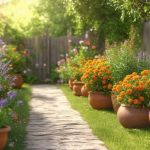 How to Design With Movement: Plants That Sway Gracefully in Your Garden
How to Design With Movement: Plants That Sway Gracefully in Your Garden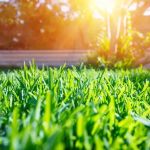 Tips for Maintaining a Lawn in a Hot, Dry Summer
Tips for Maintaining a Lawn in a Hot, Dry Summer How to Plan a Backyard for Entertaining Large Groups
How to Plan a Backyard for Entertaining Large Groups How to Create a Front Walk That Makes a Great First Impression
How to Create a Front Walk That Makes a Great First Impression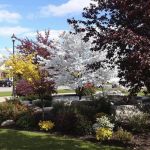 How to Incorporate Ornamental Trees Into Small Landscapes: A Beginner’s Guide
How to Incorporate Ornamental Trees Into Small Landscapes: A Beginner’s Guide